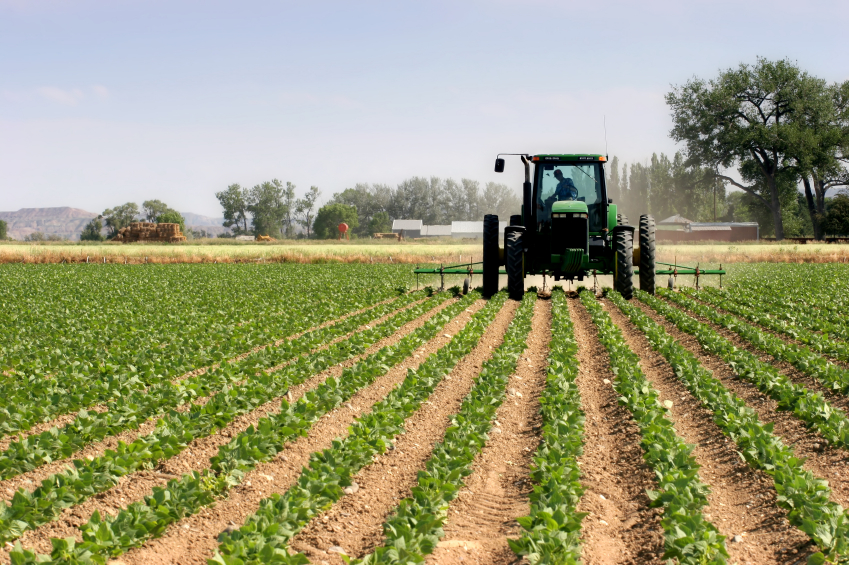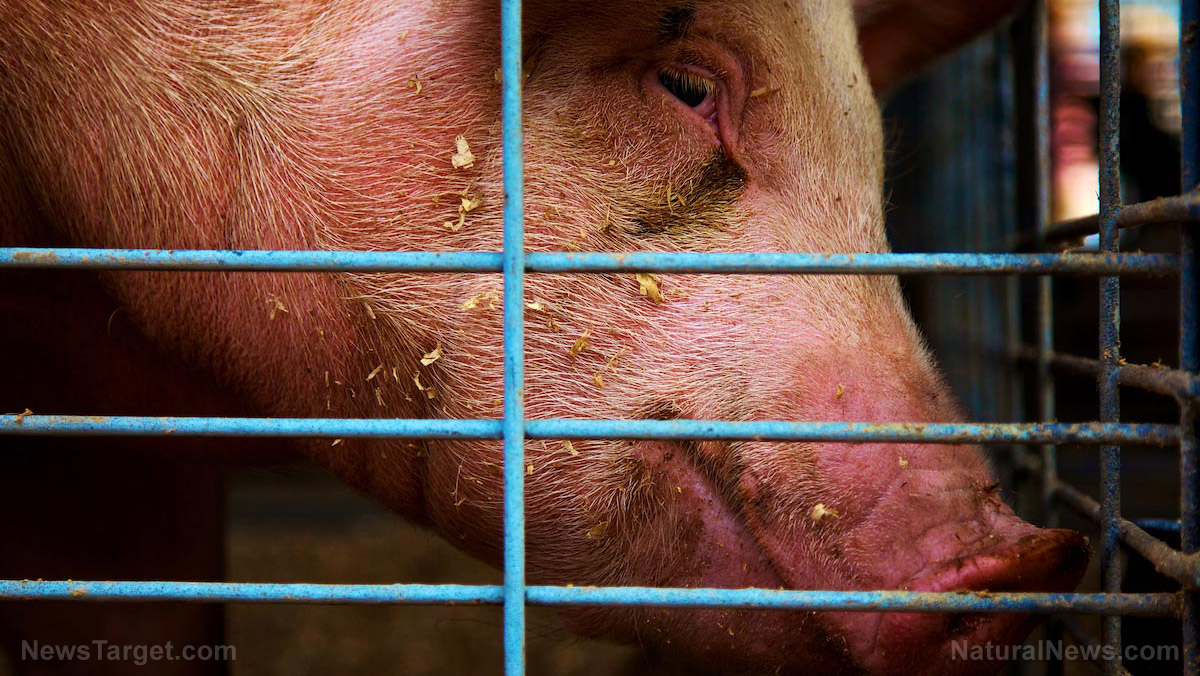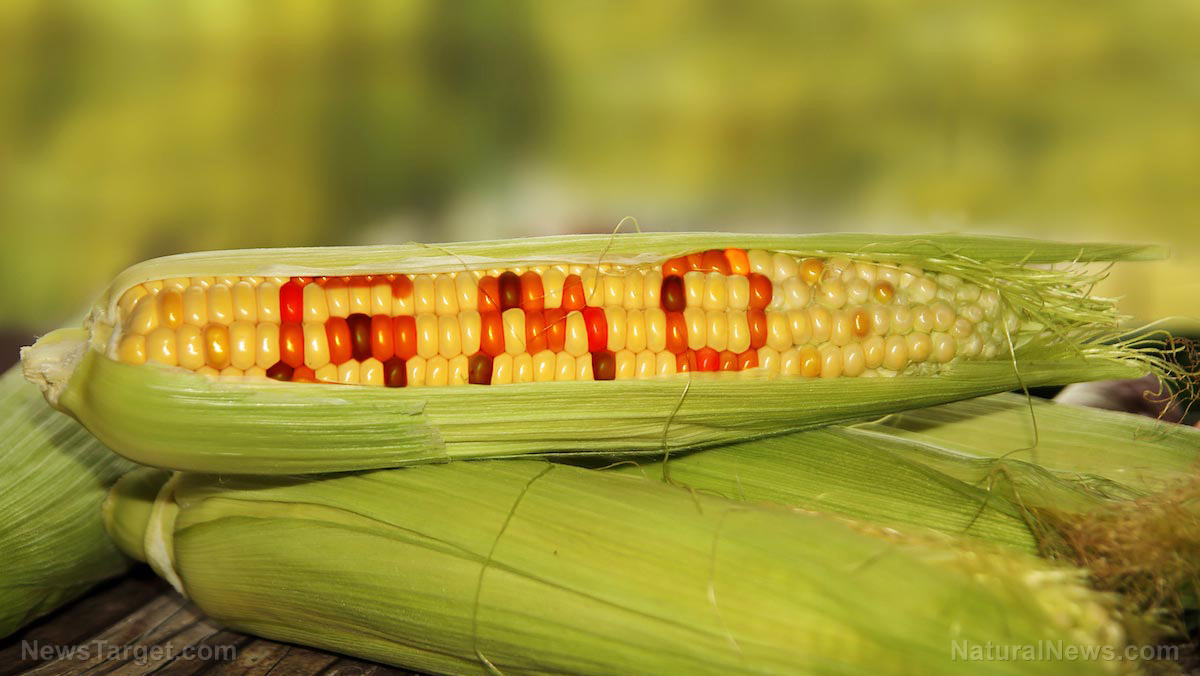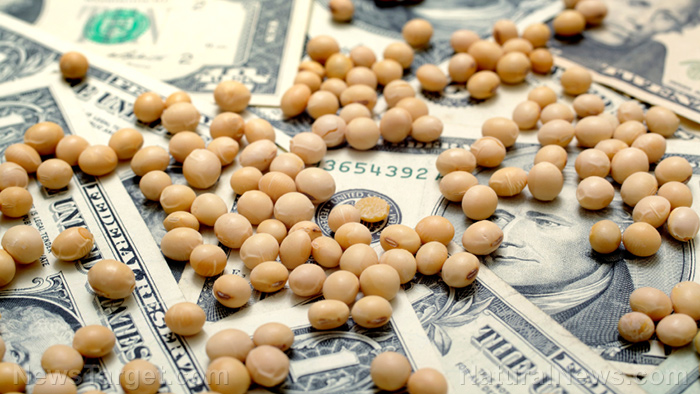Biotech industry uses Roundup-contaminated GMOs as control group feed in fraudulent animal studies
08/19/2015 / By gmonews

The rodent feed used for control groups in laboratory studies — including studies on the safety of genetically modified organisms (GMOs) and pesticides — is widely contaminated with those same GMOs and pesticides as well as toxic metals and PCBs, according to a study conducted by researchers from the University of Caen in France and slated to be published in the journal PLOS ONE.
The researchers analyzed 13 separate dried rodent chows produced on five continents, testing for traces of 4 heavy metals, 17 dioxins and furans, 18 PCBs, 22 GMOs and 262 pesticides. They found that every feed tested contained numerous toxins at levels high enough to cause disease by disrupting the endocrine (hormonal) and nervous systems. If consumed over the long term, all of these diets could be expected to pose a high risk to health.
Most relevant to GMO studies, the researchers found that 11 of the 13 diets contained GMOs engineered to be resistant to the herbicide Roundup (glyphosate), while nine contained detectable levels of glyphosate itself.
Lack of control group makes studies meaningless
The findings have several alarming implications for the validity of all diet-based research conducted in rodents, especially research on potentially toxic substances (including GMOs). If the “control” diets that rodents are fed are so high in dangerous substances, that means that a certain number of animals in the control group should be expected to develop serious health problems. In order to stand out from this “background noise”, the toxic effect of a substance being tested would need to be exceptionally high.
Put another way, studies conducted using such diets functionally have no control group. A group of animals being fed one potentially toxic substance is being compared with a group being fed a cocktail of substances already known to be toxic.
The findings also undermine the premise of “historic control data,” which is often used by regulators as an excuse for declaring pesticides or other chemicals safe for use. This data — compiled from the control groups in a wide variety of studies, often conducted under wildly different conditions — is used to establish the “normal” rate at which animals will “spontaneously” develop certain health problems. The high toxic content of rodent diets, however, suggests (unsurprisingly) that the high rates of “spontaneous” illness found in historic control data are actually not spontaneous at all.
GMO industry exploits shady science
Writing on GM Watch, Claire Robinson notes that the findings are of particular relevance to GMO safety studies. Notably, the study was conducted by the same team that formerly found increased tumors in rats fed GMO, Roundup-contaminated corn. Their findings were dismissed because the tumor rates they found fell within the range expected by historical control data. Ironically, that study was one of the few that actually tested the control diet to ensure that it was free of Roundup and GMOs.
The diets tested in the new study are also among those regularly used as part of the European Union’s mandated rodent feeding trials to test for GMO safety. One such recent study, conducted by DuPont, compared rats fed GMO canola with rats fed a “control” Purina diet later revealed to contain 12.8 percent GMO soy and 35.6 percent GMO corn, as well as residues of glyphosate and its main metabolite, AMPA.
“So although the control rats were not eating the GM canola under test, they were eating other GMOs with the same glyphosate-tolerant trait, as well as residues of the pesticide that the GMOs are grown with,” Robinson writes. “In other words, the study did not compare rats fed a GM diet with rats fed a non-GM diet, but rats fed one type of GMO plus pesticides with rats fed similar GMOs plus pesticides.
“Claims of safety based on such badly controlled studies are not worth the paper they are written on.”
Sources for this article include:
http://gmwatch.org
http://www.naturalnews.com
Tagged Under:


















